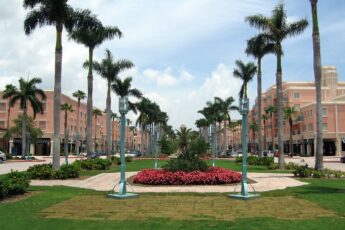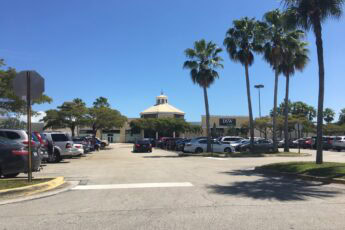Saint Augustine, Florida, is known for its Spanish colonial architecture.
The city has excellent beaches and is home to the oldest city in the United States.
It is also a perfect destination for those who enjoy fishing and water sports.
Castillo de San Marcos National Monument
Castillo de San Marcos National Monument is a historical landmark.
It is located in Saint Augustine, Florida. The monument is a well-preserved piece of American history.
Built by the Spanish, the Castillo de San Marcos was the northernmost outpost of Spain's empire in the New World.
In 1672, the ground was broken for the fort. A year later, the fort was finished.
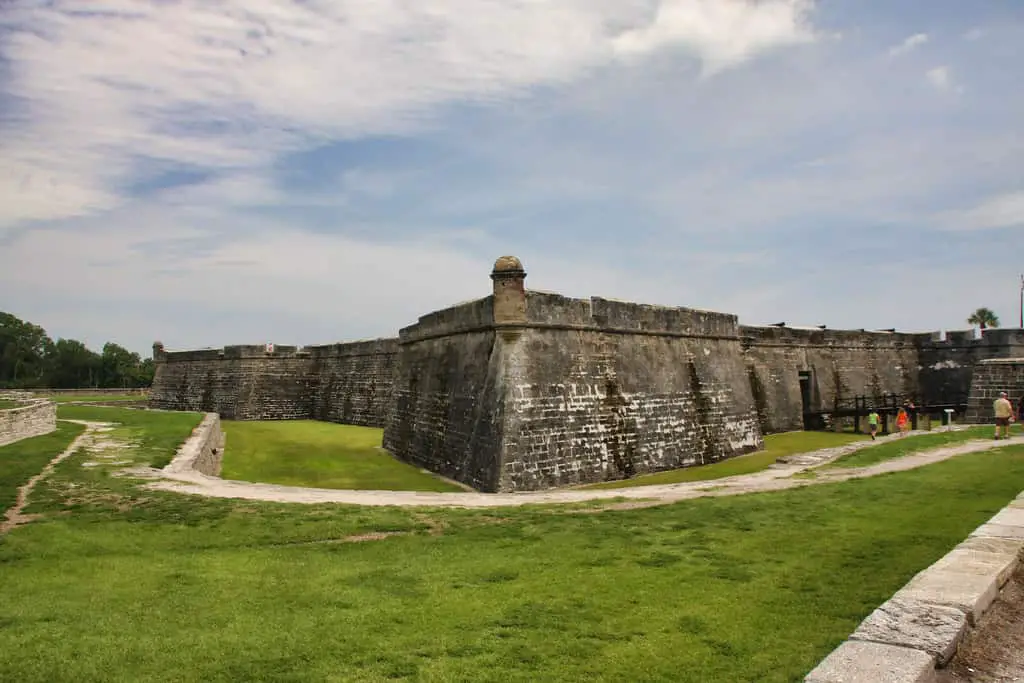
The walls of the Castillo de San Marcos were made of coquina, a porous, sedimentary rock similar to limestone.
Coquina absorbed the impact of cannon fire and helped deflect enemy projectiles.
The fort was constructed to protect St. Augustine, the Spanish colony that occupied the site, from pirate raids.
For a brief time, it served as a military prison.
During the Indian Wars and the Spanish-American War, American troops also used the fort to house Native American prisoners.
St. Augustine Lighthouse & Maritime Museum
The St. Augustine Lighthouse & Maritime Museum is a landmark located on Anastasia Island, across from the Old City.
This nonprofit organization allows visitors to research the maritime history and cultural heritage of St. Augustine.
In addition, a site tour will enable visitors to view the beautiful views of Matanzas Bay and historic downtown St. Augustine.
The museum offers a wide variety of educational programs and hands-on activities.
Visitors can climb 219 steps to the top of the lighthouse to experience the beautiful views of the Atlantic Ocean.
There is also a shipyard play area and nature trails.
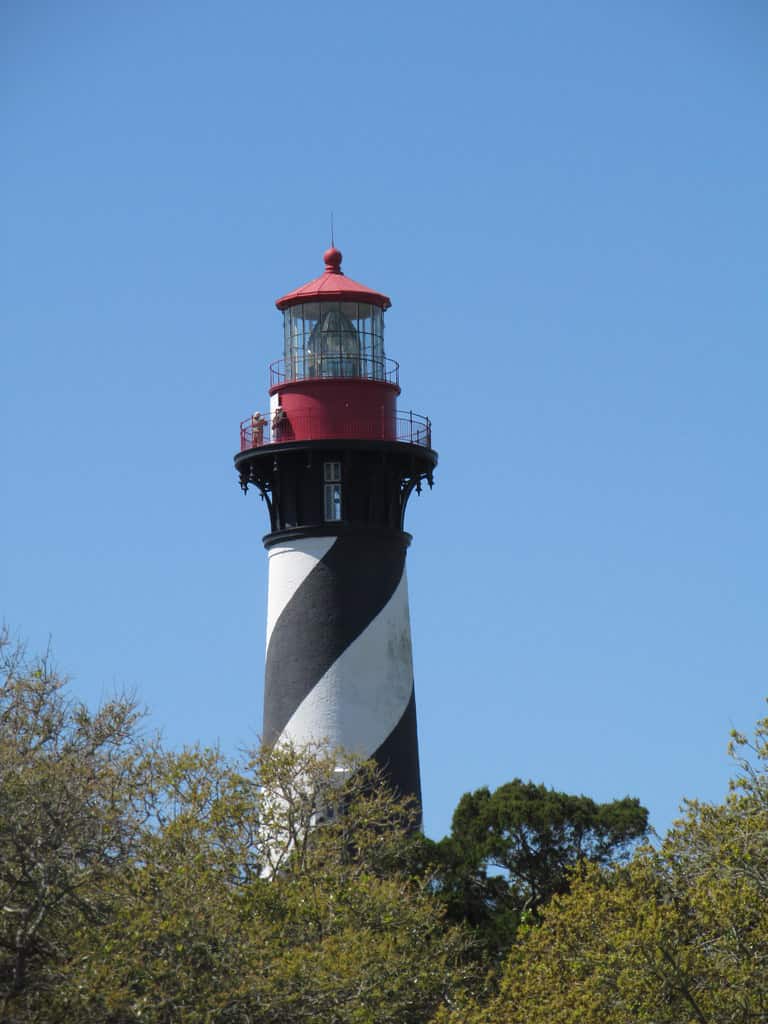
Maritime artifacts and shipwrecks are featured in interactive exhibits.
In addition, the Lighthouse Archaeological Maritime Program (LAMP) investigates the submerged cultural resources of the area.
LAMP employs four archaeologists and regularly hires student interns.
It is also responsible for maintaining a growing World War II artifacts collection.
St. Augustine Alligator Farm Zoological Park
Founded in 1893, the St. Augustine Alligator Farm Zoological Park is one of Florida's oldest continuously operating attractions.
This park is home to hundreds of alligators and other exotic animals.
It has been accredited by the Association of Zoos and Aquariums (AZA), which has set high standards for zoological facilities.
The park is located on SR A1A, just 1.75 miles southeast of downtown St. Augustine.
The zoo features animals in natural settings, ponds filled with native wading birds, and interactive wildlife shows.

While crocodiles may be the most popular attraction, many other animals and birds can be seen at this zoo.
Albino alligators are a popular draw because of their white skin, but other gators also appear.
American alligators can grow to more than 10 feet despite their small size.
In addition to the alligators, the Florida Zoo is home to colorful coastal bird rookeries.
Ripley's Believe It or Not!
Ripley's Believe It or Not! is a museum, bookstore, and attraction franchise.
The attraction features hundreds of unique artifacts, bizarre tales, and unbelievable facts.
Each location varies in size and exhibits.
Located in the heart of downtown Myrtle Beach, Ripley's Believe It or Not Odditorium is one of the most popular tourist attractions in the area.
Visitors can find over 600 unusual artifacts in the museum.
You can also take a self-guided walking tour through the building.

One of the unique features of the museum is the 27-room miniature wood-carved castle.
There are also several life masks and mutant animals in the museum.
Featuring more than 250 exhibits, Ripley's Believe It Or Not Museum offers a wide range of interactives.
Visitors can look at the real shrunken head, the Berlin Wall, and more.
Old Jail Museum
The Old Jail Museum is located just north of the Old Town district in St. Augustine.
This unique historical attraction is one of the most popular attractions in the city.
Visitors can book a guided tour of the museum and learn about the history of the prison.
Visitors will be greeted by guides dressed in period attire explaining the jail's storied past.
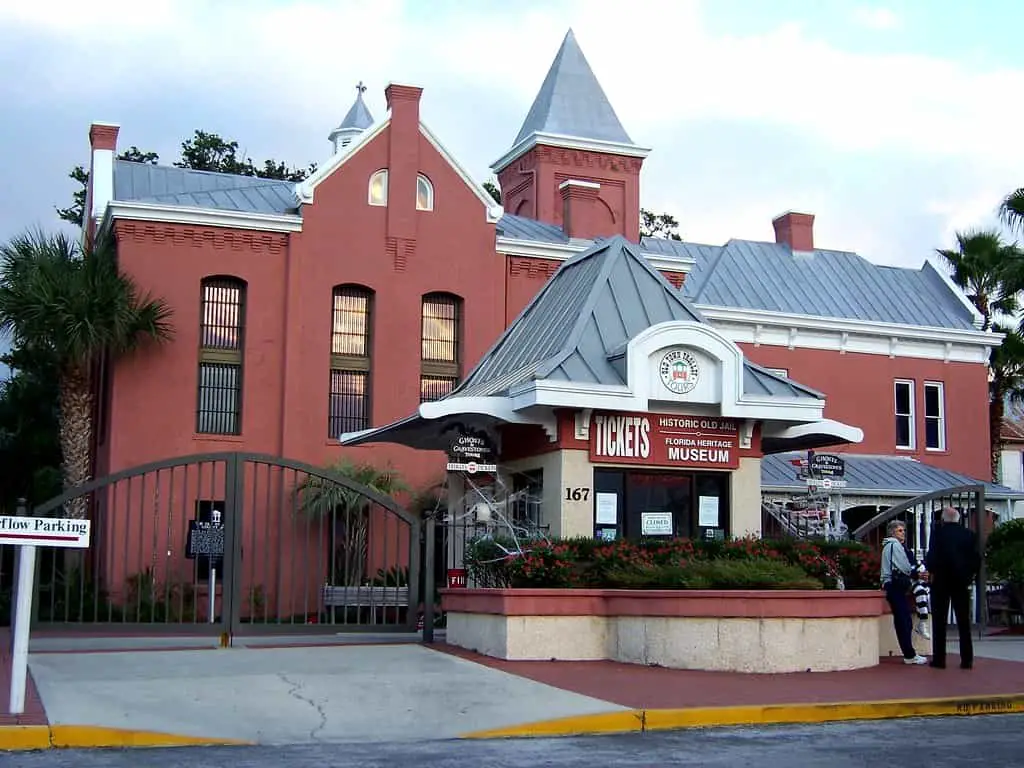
The tour takes visitors through a variety of the building's exhibits.
For example, they can see the oldest known mugshots, a replica of the infamous "Crypt," where prisoners were kept in small cells, and a display of weaponry.
Visitors will also get a glimpse at life in the jail as it was in the era of Henry Flagler, who built the prison and relocated it to its current location.
He wanted a place where his guests would be safe and away from the criminals and thieves who would otherwise be out on the streets.



